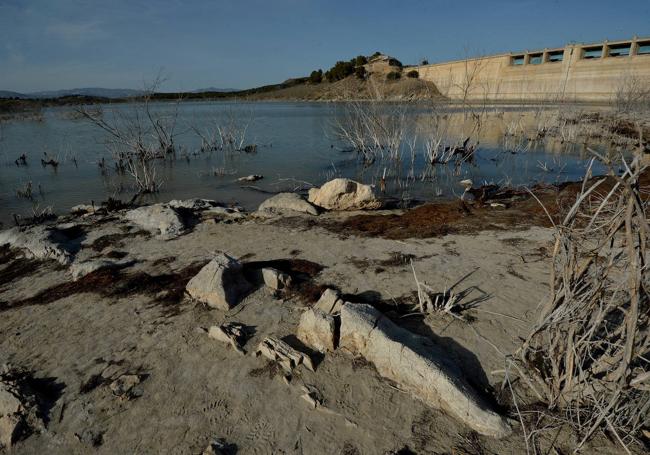Water planning in Spain
Since 1980, the average available water in Spain has decreased by 12% and projections indicate that by 2050 there may be a further decrease of between 14% and, even an unthinkable, 40%
Fergal Macerlean
Friday, 26 January 2024, 19:38
One year ago the government of Spain approved hydrological plans to modernise the management of the country's water resources until 2027 with a hefty ... envisaged investment of almost 23 billion euros. Teresa Ribera, the minister for Ecological Transition, stressed that, for the first time, these plans incorporate climate change scenarios in a coherent manner and set ecological flows for all bodies of water. Specific plans were also included for two wetlands of international importance - the Doñana wetlands in south-western Andalucía and the Mar Menor lagoon in Murcia - both of which are in danger of ecological collapse and which have been the subject of warning notices from the European Commission.
Since 1980, the average available water in Spain has decreased by 12% and projections indicate that by 2050 there may be a further decrease of between 14% and, even an unthinkable, 40%. Last January Ribera said: "We cannot guarantee water supply for drinking water or for economic uses by relying exclusively on rain." But why has it taken the central administration so long to accept this simple fact that is staring the country in the face?
Spain is among 21 countries worldwide facing 'high water stress' as it uses between 40% and 80% of its water supply, according to a World Resources Institute report published last year. It also loses 22% of its water to leaks before it reaches the consumer, based on data from 2018, and earlier years, compiled by EurEau, the European federation of water companies.
A vastly increased use of reused water and desalination plants (which meet European guidelines for discharged brine) is essential. And it is essential that groundwaters are not over-exploited; a total of 40% of underground resources are currently in a poor state of conservation.
Desalinating water is expensive, however, and energy intensive. In sun-kissed Andalucía multiple major solar-powered plants would be logical. As drought threatens, the Junta needs to consider how it can maintain the long-term water needs for 30 million tourists in addition to the region's population of 8.5 million. During the drought of 1995 there was much talk of being prepared for the future. But when the rains came, in the nick of time, the plans dissipated.
In Malaga province, including the Costa del Sol, following inspections in October 2022, 50% of stored water supplies were found to be missing due to leaks and theft. To say the authorities are not on the ball would be an understatement. The agriculture sector - already experiencing irrigation water cuts since the summer in the Axarquía - needs to rethink whether it can continue to grow water-thirsty avocadoes and mangos. And homeowners, living within sight of Africa, need to forsake their northern European-style grass lawns.
¿Tienes una suscripción? Inicia sesión
